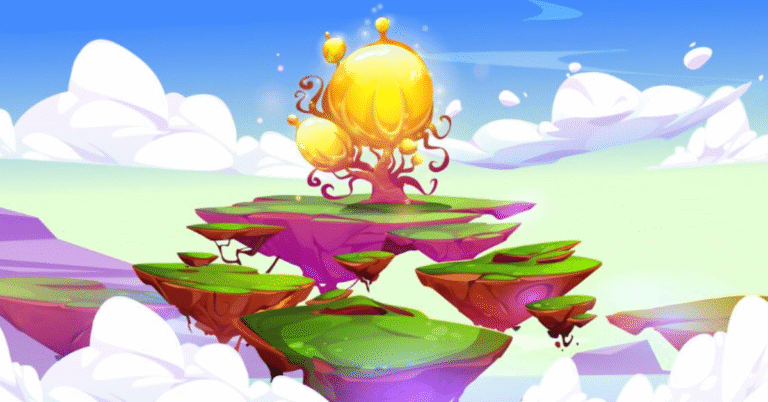The New York Times Connections has rapidly become one of the most popular daily word puzzles, challenging players to identify patterns and group related words. This strategic puzzle game tests your ability to think laterally and recognize subtle connections between seemingly unrelated terms.
What is NYT Connections?
NYT Connections presents players with a 4×4 grid containing 16 words that must be sorted into four groups of four related items. Each group shares a common theme, connection, or category that players must identify through careful analysis and deduction.
The puzzle launches daily at midnight ET, giving players a fresh challenge every 24 hours. Unlike other word games that focus on spelling or vocabulary, Connections emphasizes pattern recognition and lateral thinking skills.
How to Play NYT Connections
Basic Gameplay Mechanics
Players begin by examining all 16 words displayed in the grid. The objective is to select four words that share a common connection, then submit the group for verification. Correct groupings disappear from the board, while incorrect attempts result in strike penalties.
The game allows four mistakes before ending. This limitation adds strategic pressure, encouraging players to think carefully before submitting groups rather than guessing randomly.
Understanding Difficulty Levels
Each puzzle contains four groups ranked by difficulty using a color-coding system:
- Yellow: Easiest connections, often straightforward categories
- Green: Moderate difficulty with slightly more complex relationships
- Blue: Challenging groups requiring deeper analysis
- Purple: Most difficult, featuring wordplay, puns, or highly specific connections

Winning Strategies for NYT Connections
Start with Obvious Connections
Begin by identifying the most apparent groupings. Look for words that clearly belong to the same category, such as animals, colors, or professions. These obvious connections typically correspond to the yellow difficulty level.
Securing easy groups first reduces the grid size and eliminates distracting words that might complicate more challenging connections.
Recognize Common Trap Patterns
The puzzle designers frequently create red herrings by including words that appear to belong together but actually belong to different groups. Multiple words might share superficial similarities while their true connections lie elsewhere.
For example, words like “Mars,” “Jupiter,” and “Saturn” might appear alongside “Snickers,” where the first three are planets but all four are actually candy bars.
Think Beyond Literal Meanings
Advanced connections often involve wordplay, multiple meanings, or cultural references. Words might connect through:
- Shared prefixes or suffixes
- Things that can precede or follow a common word
- Items that appear together in popular phrases
- Historical or cultural associations
Use Process of Elimination
When stuck, analyze remaining words systematically. If three words clearly belong together, the fourth member of their group must be among the remaining options. This logical approach helps identify less obvious connections.
Common Connection Categories
Straightforward Categories
Many puzzles include groups based on standard classifications:
- Types of animals, foods, or objects
- Professions or occupations
- Geographic locations
- Colors or shapes
Wordplay Categories
More challenging groups often involve linguistic tricks:
- Words that can follow a common word (example: “Fire” + truck, place, work, fly)
- Homophones or words with similar sounds
- Words containing the same letter pattern
- Terms that can be preceded by the same word
Cultural Reference Groups
Some connections require knowledge of popular culture, history, or current events:
- Characters from the same movie or book
- Members of a band or sports team
- Items associated with a specific decade or era
- References to famous quotes or sayings
Advanced Tips for Difficult Puzzles
Analyze Word Relationships
When facing purple-level connections, examine how words might relate through abstract concepts. Consider whether words share metaphorical meanings, belong to specialized jargon, or connect through historical context.
Consider Alternative Definitions
Many challenging puzzles exploit words with multiple meanings. A word that seems to fit one category might actually belong to another group when considered under a different definition.
Look for Subtle Patterns
Purple groups often feature connections that aren’t immediately apparent. These might include:
- Words that can be modified by the same adjective
- Items that share a specific characteristic
- Terms related to the same specialized field
- Words that appear in the same famous work
Benefits of Playing NYT Connections
Cognitive Enhancement
Regular puzzle solving strengthens pattern recognition abilities and improves lateral thinking skills. The game challenges players to approach problems from multiple angles and consider non-obvious relationships.
Vocabulary Development
Exposure to diverse word combinations and categories naturally expands vocabulary knowledge. Players encounter terms from various fields and learn new ways to categorize information.
Mental Flexibility
The puzzle format encourages cognitive flexibility by requiring players to shift between different types of thinking and consider multiple possible connections simultaneously.
Troubleshooting Common Challenges
Overcoming Analysis Paralysis
When overwhelmed by possibilities, step back and look for the most concrete connections first. Avoid overthinking early in the game when simpler solutions likely exist.
Managing Mistakes Effectively
Use early mistakes as learning opportunities. Incorrect guesses often reveal information about which words don’t belong together, helping narrow down correct groupings.
Dealing with Unfamiliar Words
Don’t let unknown terms derail your progress. Focus on words you recognize while considering whether unfamiliar terms might fit with partially identified groups.
Frequently Asked Questions
What time does the new NYT Connections puzzle release?
The new puzzle releases daily at midnight Eastern Time, providing a fresh challenge each day for players worldwide.
How many mistakes are allowed in NYT Connections?
Players can make up to four mistakes before the game ends. The game tracks incorrect guesses and displays remaining attempts.
Are there any hints available for NYT Connections?
The official game doesn’t provide hints, but the color-coding system indicates difficulty levels. Yellow represents the easiest connections, progressing through green and blue to purple for the most challenging.
Can I play previous days’ NYT Connections puzzles?
The New York Times Games archive allows subscribers to access previous puzzles, though the primary focus remains on the current daily challenge.
What makes a good NYT Connections strategy?
Successful players typically start with obvious connections, avoid rushing through difficult groups, and consider multiple meanings for each word. Building familiarity with common connection types also improves performance over time.







